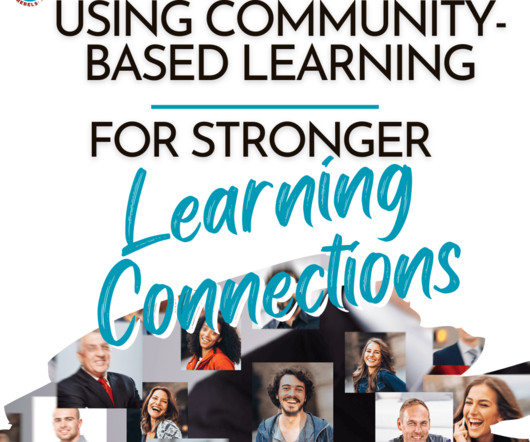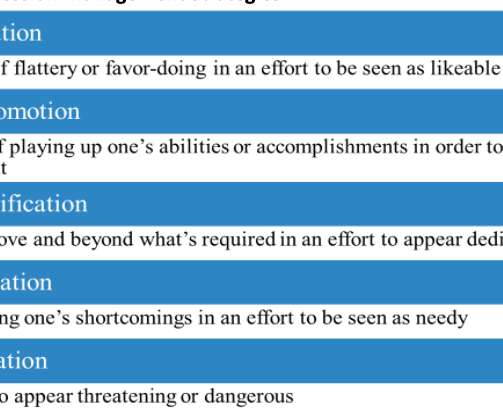Organizational Learning in the Age of Ideas
The Performance Improvement Blog
MAY 27, 2016
Most organizations are “locked in an industrial mindset.” They think of their workers as cogs in the wheels of progress, doing what they’re told, not smart enough to figure out how best to do their jobs or improve their organizations. Managers in these organizations are needed to tell workers what to do and how to do it.









































Let's personalize your content